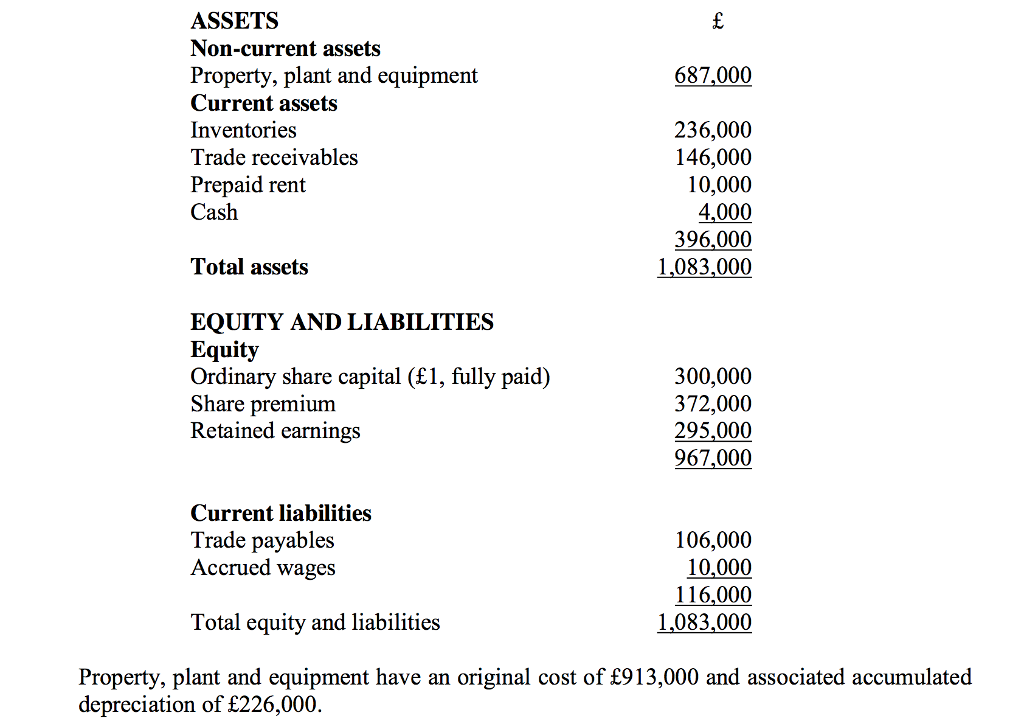
To account for rent income you have earned but will collect at a later date, debit the rent receivable account by the portion earned, and credit the rent income account by the same amount. The owner of the property would receive the funds at the time of the transfer of property ownership. The leasing of a certain asset may—on the surface—appear to be a rental of the asset, but in substance it may involve a binding agreement to purchase the asset and to finance it through monthly payments. Accountants must look past the form and focus on the substance of the transaction.
Related AccountingTools Course
The deferred rent account no longer exists under ASC 842, but the accounting for the difference between cash paid and straight-line expense continues to be recognized each period in the financial statements. ASC 842 requires the recognition of total rent expense on a straight-line basis over the lease term for leases classified as operating. Generally, accounting for the same lease under ASC 840 (before transition to ASC 842) and then under ASC 842 (after transition) has no impact on an entity’s net income. Under ASC 840, accounting for rent in operating leases was straightforward.
Accounting for accrued rent under ASC 840
Rent Receivable The money including service charges paid or payable to You from the letting of Premises specified in the Schedule. Rent Receivablemeans the Money paid or payable to You for rent of the Premises, including service charges, rendered in the course of Your Activities at the Premises. Rent Receipts are mandated by law in many states—and a few states require them to be provided at the request of a tenant. If you are unsure whether your state legally requires you to provide a rental receipt, ask a lawyer.
Rent expense on the income statement
Rent revenue, on the other hand, is an income statement account that indicates rent earned during a specified period of time. For simplicity, assume that the landlord owns just one property and the tenant pays rent only to this landlord. Both parties use the accrual method of accounting and issue monthly financial statements. The rent is $2,000 per month and it is due on the first day of each month. In this example, we will assume the lease agreement has met the criteria for an operating lease. Using the stated facts the present value of the lease payments at lease commencement is $970,874 and the ROU asset is calculated to be $980,874, the lease liability plus the $10,000 of IDC.

What is rent expense?
Our mission is to provide entrepreneurs and small business owners with the knowledge and resources they need. The tenant would prepare an amortization table under ASC 842 to assist with the calculation of the periodic entries moving forward. Below is a portion of the amortization schedule for the lease in the example for illustrative purposes. You will want to have two copies of this document, one for the landlord or property management company and another for the tenant. Especially with most sites offering it as a free service to try and obtain the landlord as a customer for performing tenant screening . The property comprises 4 Floors, each with five shops available for lease.
The difference between the two accounts is that rent receivable is a balance sheet account and is reported at the end of the accounting period. Rent revenue, on the other hand, is an income statement account and is reported over the course of the period. The debit for this journal entry will be to rent expense, increasing expense on the income statement. This represents the benefit received in the period from the occupation or use of the leased asset. This process is repeated as many times as necessary to recognize rent expense in the proper accounting period. Prepaid rent is a balance sheet account, and rent expense is an income statement account.
A similar adjustment will be made for any deferred rent expense at the transition to ASC 842. If deferred rent has a credit balance, the balance will be cleared with a debit and the offsetting credit will be recorded to the appropriate ROU asset. Conversely, if deferred rent has a debit balance at transition, a credit to deferred rent and an offsetting debit to the ROU asset will be recorded. Accrued rent is caused by a timing discrepancy between the expense being incurred and recorded. For example, if payments are made quarterly at the end of the quarter, expense will need to be recorded each month, before payment.
- However, with the introduction of ASC 842, lease accounting has become more complex, and with it, the recognition of rent expense.
- To account for rent income you have earned but will collect at a later date, debit the rent receivable account by the portion earned, and credit the rent income account by the same amount.
- Rent Receivable is an asset (which has a default Debit balance), and Rental Income falls under the revenue group (with Credit balance).
- So, a prepaid account will always be represented on the balance sheet as an asset or a liability.
Let’s assume this is an operating lease, and the retailer transitioned to ASC 842 on January 1, 2022 and utilized a 7% borrowing rate for the present value calculation. Rent income refers to revenue earned from leasing out properties, such as commercial spaces, to third parties. Please be aware is rent receivable an asset that our agents are not licensed attorneys and cannot address legal questions. Now that we have all the inputs ready, we can move on to the core step of recording the rent receivable transaction. Accountants needs to capture every financial transaction precisely in the books of accounts.
As a result of transitioning to ASC 842, organizations saw an increase in overall liability and asset balances, which may significantly impact the balance sheet and financial ratios used by various stakeholders. Organization’s lease activity is more transparent, which was ultimately the goal of the FASB’s issuance of a new lease accounting standard. The rent receivable account is used to record the amount of rent that has been earned but is yet to be collected. The rent revenue account, on the other hand, is used to record the amount of rent that has been collected during the period. Rent receivable is an asset account that represents rent that has been earned but not yet collected. When a tenant pays rent to a landlord, the landlord debits their Cash account and credits their Rent Receivable account.
Let’s see the what’s the journal entry to record after the credit period is complete. Rent received in advance is shown under current liability in the balance sheet. Rent Receivable is the title of the balance sheet asset account which indicates the amount of rent that has been earned, but has not been collected as of the date of the balance sheet. The Rent Receivable account is important in tracking the amount of money that has been earned but not yet collected from tenants.
Under ASC 842, those balances are no longer on the balance sheet but are reflected as adjustments to the ROU asset balance. At transition to ASC 842, the accumulated deferred rent, or accrued rent, for an operating lease is an adjustment to the ROU asset related to the lease. With this journal entry, the accumulated deferred rent is removed from a standalone account to become part of the new ROU asset.
